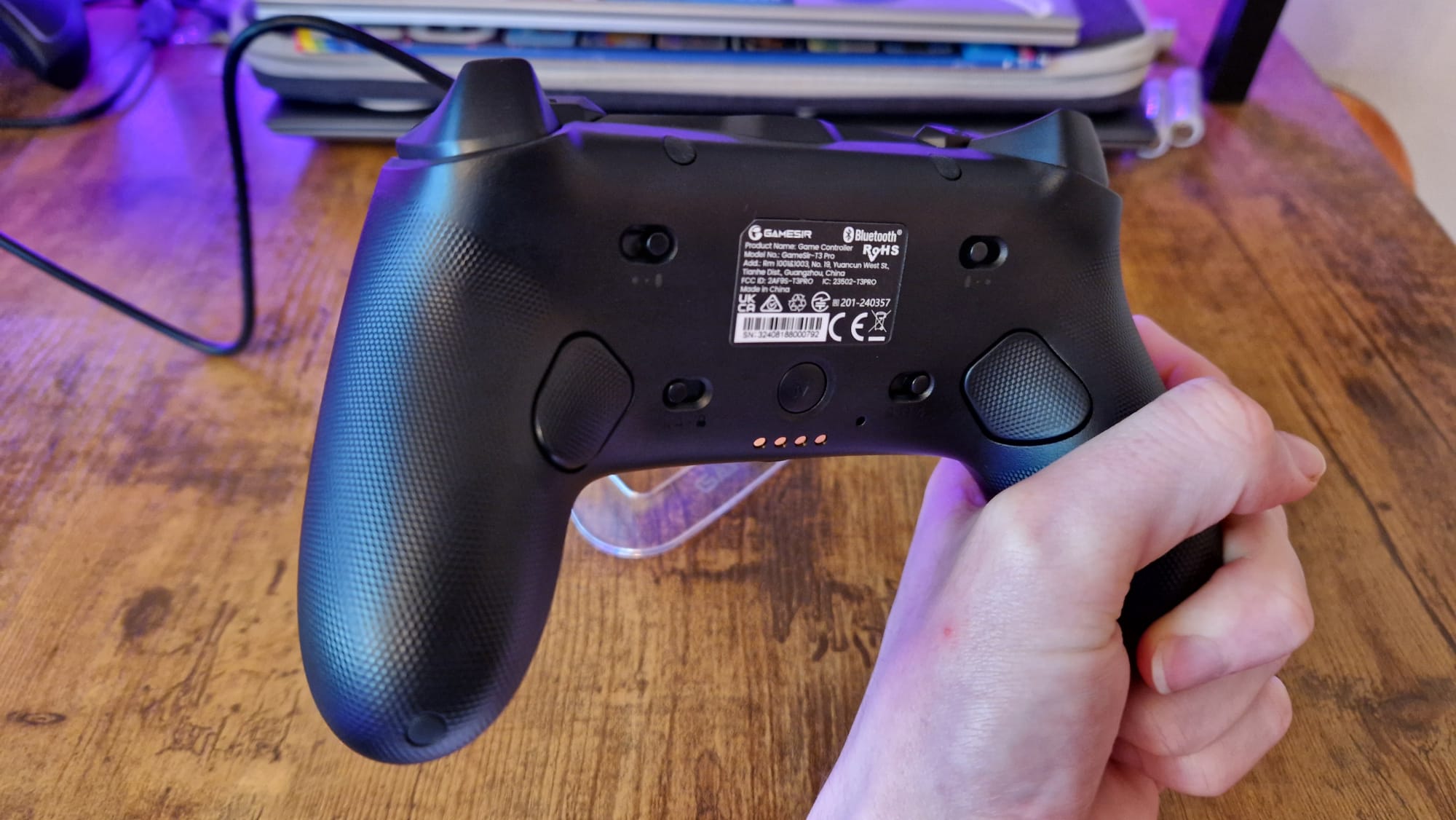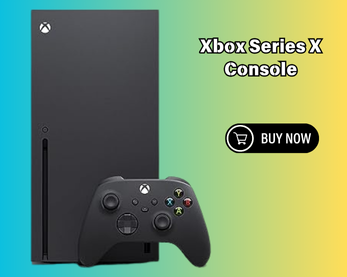As much as I love the DualSense for its innovative features, I’ve always felt it lacks the comfortable grip of the DualShock 4. Don’t get me wrong, haptic feedback is great (when games support it), but the PS4’s stock controller is still one of the best PC controllers I go back to regularly because of how comfortable it is.
At least, that was the case until I tried the GameSir Tarantula Pro, which is more of a spiritual successor to the DualShock 4 than the DualSense has ever claimed to be. The Tarantula Pro copies the dimension, feel, and ergonomics of Sony’s PS4 pad down to a tee, all the while adding some modern pro controller flourishes that move it into 2025.
So what is it about the DS4 and the Tarantula Pro that makes them so comfortable, in my eyes? For me, it’s all about the elongated, cylindrical grips. The DS4 was revolutionary for PlayStation gamers because it was the first controller from the brand to allow pinky space. The Tarantula has space for your hands to rest comfortably, and the grips aren’t set at an angle, so you feel relaxed while holding it. Unlike the DualSense, there aren’t sharp angles and corners that make things uncomfortable, either.
If you play on PC, you don’t have many symmetrical thumbstick controllers to choose from. Because most peripheral makers opt for the Xbox layout of offset thumbsticks, it can feel like a toss-up between a PlayStation 5 controller, an older DualShock 4, or a pricey Scuf alternative. The GameSir Tarantula Pro is a genuine alternative that gives you two back buttons and advanced TMR thumbsticks.
But what does that mean? TMR is the latest standard for controller thumbsticks. Like Hall Effect sticks, they use small electromagnetic fields to measure your inputs, not physical resistors that wear down over time. While both are immune to stick drift, TMR sticks take things further, adding a massively heightened resolution into the mix. That means it’ll be able to register far more positions on the thumbstick’s grid, which will result in better accuracy for gamers.
Annoyingly, the Tarantula Pro doesn’t have support for PlayStation or Xbox, so this is going to be one for players on a gaming PC, Switch, or Android device. But looking at the competition, this pad is very alluring. The DualSense Edge might be the most natural comparison when you consider that it has two back paddles, like the Tarantula Pro, but it costs $120 more and, rather famously, isn’t immune to stick drift. The Scuf Reflex Pro is another alternative, but it still has the angular corners that make the DualSense uncomfortable, and it costs over $200.
It’s exactly this reason why I keep the Tarantula Pro in my rotation of controllers when I’m not testing out a new one for review. Thanks to the DualShock 4-reminiscent design, this thing is so comfortable in the hands.
There is room to get even more utility out of the Tarantula Pro, too. Thanks to a myriad of extra face buttons, you can assign macros or other functions to the controller. There’s even a touchpad that stays true to the DualShock 4, but can double up as an extra button if you don’t need it to open menus and the like.
Topping it all off is a basic feature, but one that not every controller gets right. The Tarantula Pro comes with a USB wireless dongle so that you don’t have to be tethered to your platform of choice to play with it. The GameSir Tarantula Pro is one of my go-to controllers from the last year, and while it’s a shame it doesn’t have the licensing support to be called one of the best PS5 controllers, it’s one I’d recommend to any player who prefers a gamepad with a PlayStation layout.
Also consider:
If you don’t mind asymmetrical controllers, try out the best Xbox Series X controllers or the best Nintendo Switch controllers.





